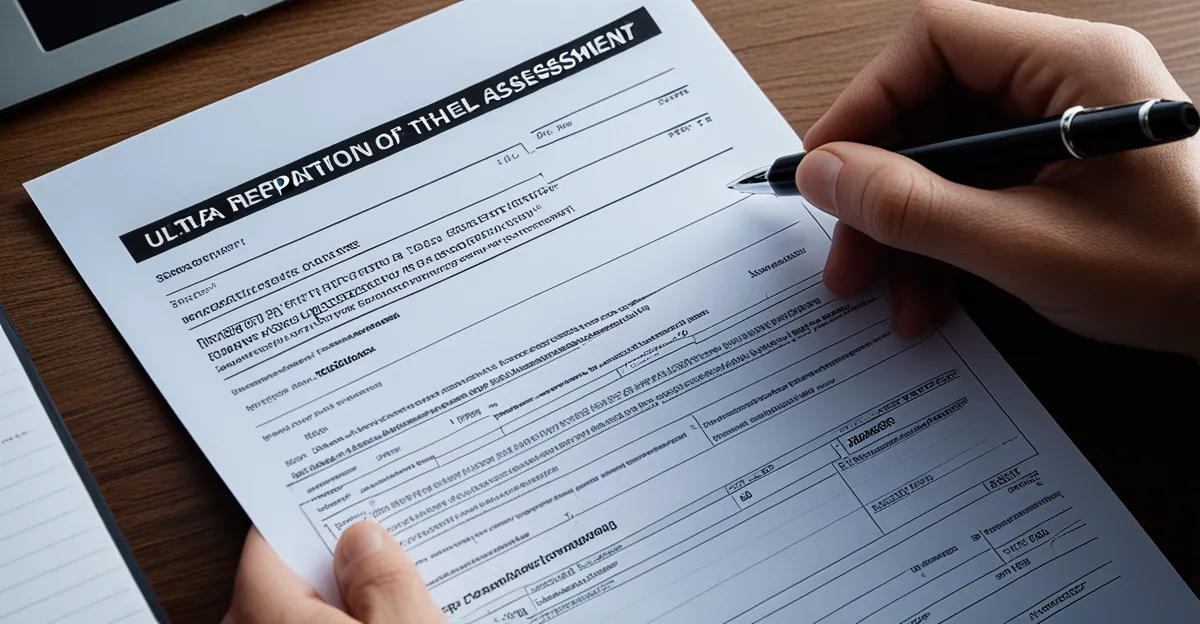Sender reputation shapes whether emails reach inboxes or vanish into spam. Understanding how to assess and improve it helps prevent delivery problems and protects your domain’s credibility. This guide reveals practical tools and insights essential for maintaining a strong email standing, ensuring your messages get the attention they deserve without triggering filters or blacklists.
Essential Guide to Email Sender Reputation: What It Is, Why It Matters, and How to Check It
Email sender reputation is a dynamic score reflecting how trustworthy your messages appear to inbox providers—a key factor that decides whether emails land in the inbox or get filtered out as spam. More details here. This page explains it in detail: More details here. Internet service providers rely on sender IP reputation, domain reputation checks, and overall sending patterns (like bounce rates, spam complaints, and engagement levels) to assign a level of trust to your emails.
Topic to read : What role does cybersecurity education play in UK schools?
Strong sender reputation benefits both businesses and individuals by boosting inbox placement, which directly impacts email open rates and campaign ROI. High spam complaints, frequent bounces, or being on a sender blacklist can quickly lower your reputation, causing vital messages to miss the main inbox altogether.
To safeguard your reputation, use reliable online tools such as Google Postmaster Tools, Microsoft SNDS, and dedicated services like https://mailtester.app/tools/sender-reputation-checker. These platforms step you through IP reputation checks, spam list status, and performance metrics, empowering you to monitor, troubleshoot, and optimize email deliverability efficiently.
Also read : The job board revolution: where to find crypto, blockchain, and web3 jobs in a fast-changing market
Evaluating Sender Reputation: Tools, Metrics, and Reporting Insights
Reputation monitoring tools provide a direct path to understanding sender reputation and its effect on email deliverability analysis. Industry platforms such as MailTester.app, Sender Score, and MxToolbox utilize email spam score and sender blacklist status, letting you assess risk factors in real time. Results from a domain reputation check reveal if your sender IP reputation is positively influencing inbox placement or pushing your messages to spam.
Key sender reputation metrics include open rates, engagement behavior, bounce percentage, and the impact of spam complaints. Each metric signals how ISPs evaluate sender reputation and determine inbox delivery. A sudden spike in email bounce rates and reputation drops or increased spam complaints directly affect sender reputation and deliverability. Monitoring these red flags is essential for any reputation monitoring effort.
Consistent sender reputation monitoring frequency, ongoing tracking with sender reputation monitoring services, and automated reporting are crucial. Detection of sender reputation trends, such as gradual score declines, prompt immediate investigation, helping to maintain high deliverability and sender trustworthiness over time.
Practical Strategies for Improving and Maintaining Email Sender Reputation
Actionable Authentication: Setting Up SPF, DKIM, and DMARC
Effective use of email authentication methods like SPF, DKIM, and DMARC forms the backbone of sender reputation best practices. SPF record importance cannot be overstated, as it tells receiving servers which IPs are authorized to send for your domain, stopping much spoofing. DKIM setup guides help digitally sign emails, letting ISPs verify the message is unchanged and truly from you. Next, DMARC policy implementation instructs mailbox providers how to handle messages failing SPF or DKIM—minimizing phishing risks and strengthening sender reputation and IP address trust.
Proactive Email Hygiene: Validating Lists, Managing Bounces, and Sending Practices
Keeping a clean list directly ties to email list hygiene importance. Validated lists cut bounce rates, which is a leading factor in sender reputation and deliverability. Consistently monitor and address complaints—feedback loops provide these alerts. Respecting sending frequency guidelines helps avoid spam filter triggers and protects sender reputation against sudden spikes or erratic email patterns.
Ongoing Monitoring: Tools, Blocklists, and Engagement Tracking
Use validation tools and real-time sender reputation check platforms to continuously verify your sender IP reputation. Regular blocklist checks reveal if you’re flagged by major providers. Engagement metrics—like open and click rates—signal if your campaigns satisfy subscribers, allowing you to troubleshoot and optimize sender reputation promptly.










